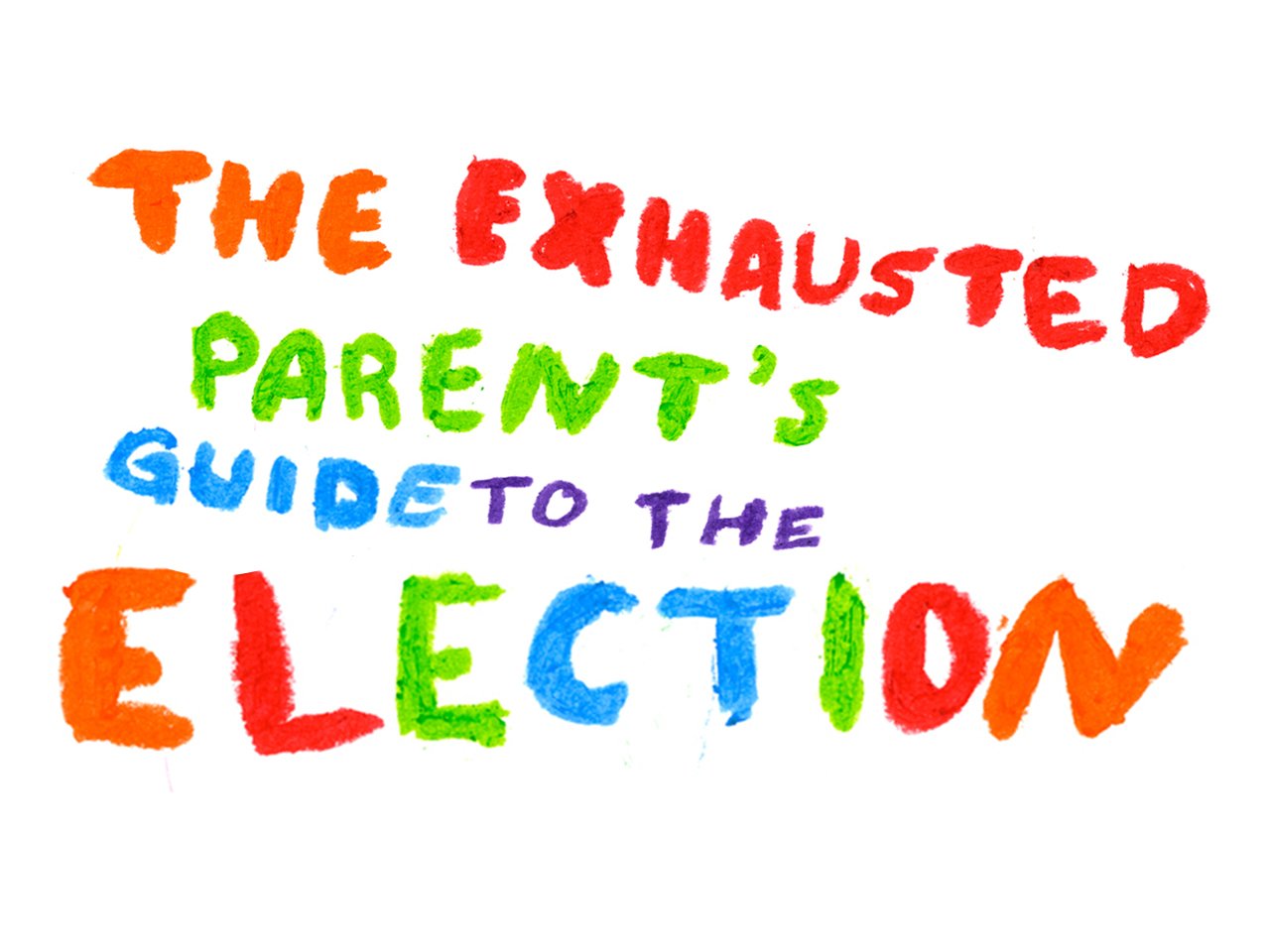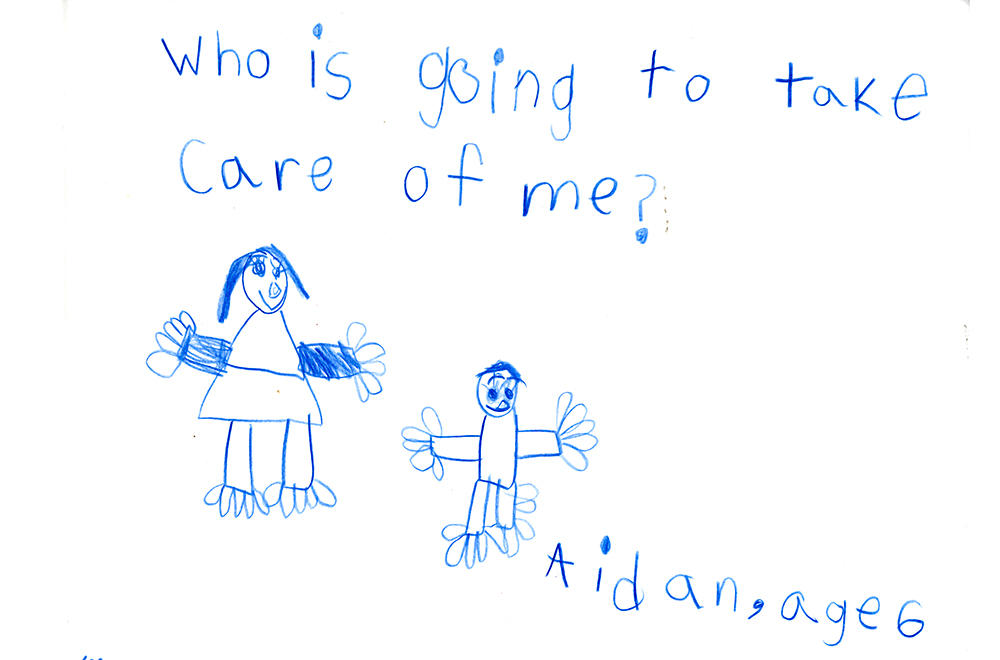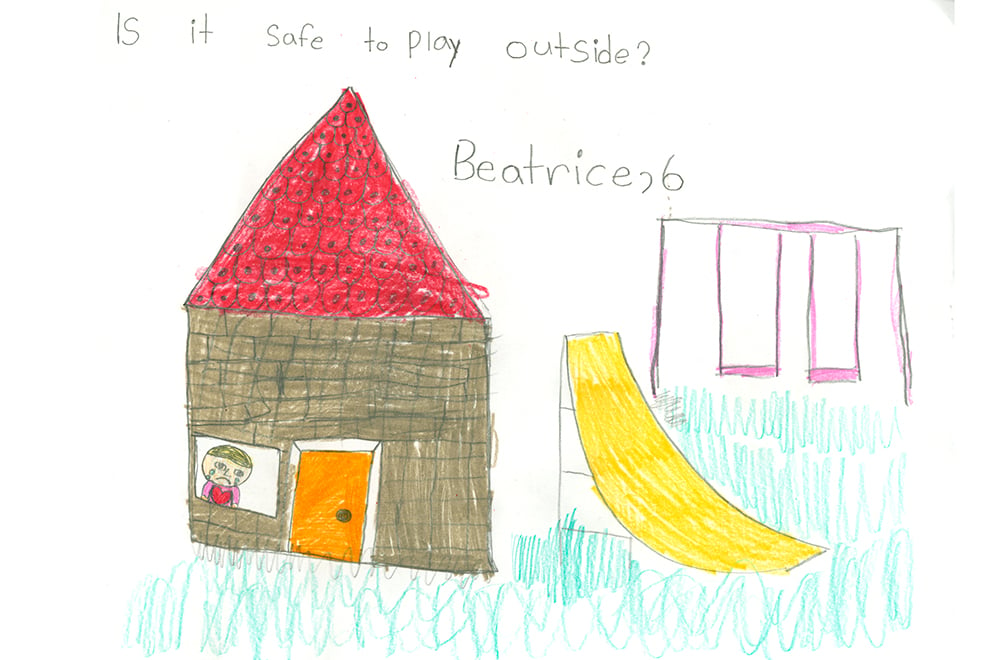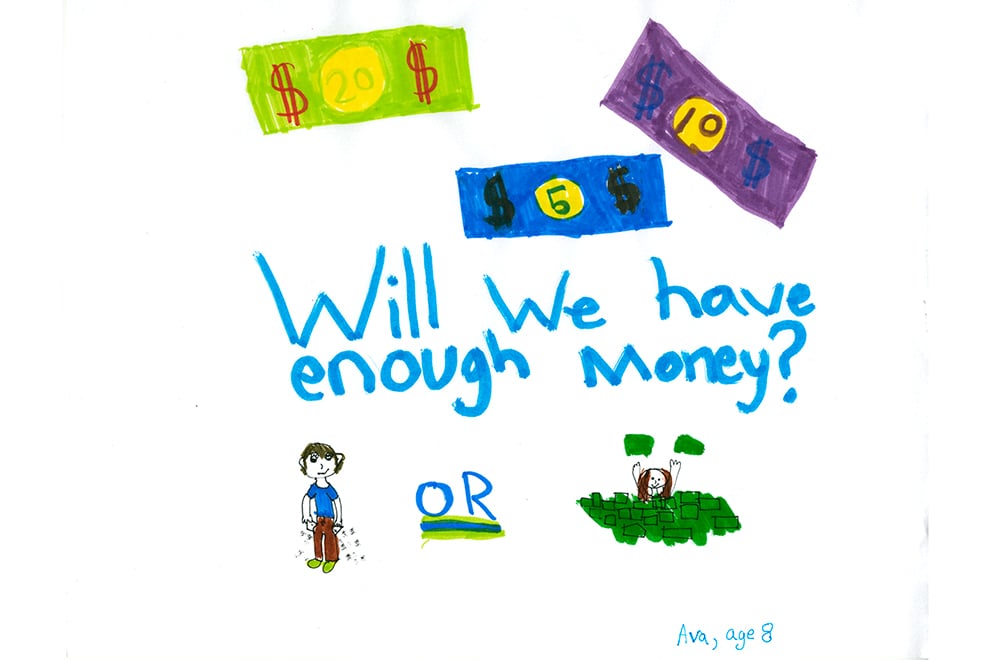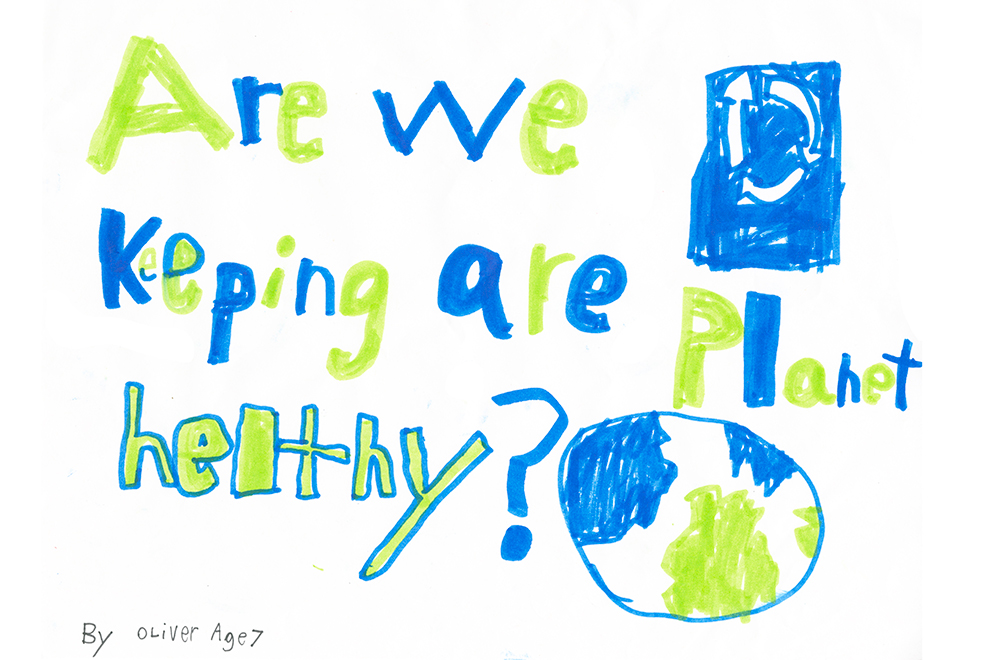Getting up to speed on federal politics probably wasn’t on your Summer 2021 bucket list. But with Canadians heading to the polls on September 20, it’s critical for parents to understand what’s at stake this election—and how the outcome will shape your family’s future.
No time to do the research, you say? We get it—you’re busy making sure small humans are clean, fed and safe. That’s why we put together this cheat sheet outlining where each party stands on the main issues that parents care about. All that’s left for you to do is vote, which you can even do by mail (so long as you apply online or by contacting any Elections Canada office across Canada before September 14, 6:00 p.m.)
[Note that because the federal Green party had not yet issued a party platform or spoken publicly on many issues as of the publication date of this article, we have indicated what their stances were in the 2019 election in some sections, where applicable.]
Child care
While this is a big issue every election, it has taken centre stage as a result of the proposed $10/day child care plan announced in the Liberals’ 2021 budget.
LIBERALS: Up to $30 billion is on the table over five years to build an affordable child care system, but each province/territory has to enter an agreement with the feds to receive funding. (So far, British Columbia, Nova Scotia, Yukon, Prince Edward Island, Newfoundland and Labrador, Manitoba, Quebec, and Saskatchewan have signed on.) The plan would create 250,000 new high-quality child care spaces, cut average fees in half by the end of next year, and reduce the average cost to $10/day within five years.
While the $30 billion price tag may sound high, it’s worth noting that in Quebec—which has had $10/day child care since the late 1990s—the program more than pays for itself because it lets more parents enter the workforce (and pay income tax). Projections show the same would be true on a national level.
Monthly Canada Child Benefit (CCB) payments, which you probably already receive for any child under 18, would continue as is. So would the Child Care Expense Deduction (CCED) which lowers your household tax bill if both you and your spouse earn income and pay for child care.
CONSERVATIVES: The Conservatives don’t support the Liberal plan and instead want to put more money in parents’ pockets by increasing the CCED. In short, they would make it a refundable tax credit that covers up to 75% of child care fees for lower income families. The credit would be paid out monthly along with the CCB, which they would also boost by starting benefit payments during the seventh month of pregnancy.
Other Conservative promises include changes to parental leave (such as enhanced benefits for parents who adopt, allowing earnings of up to $1,000/month, and extending the leave for up to eight weeks after the death of an infant), and providing three days’ paid bereavement leave after a miscarriage.
NDP: A universal $10/day licensed child care system was already an NDP priority during the 2019 election, well before the Liberal’s proposal, and is again a pillar of the party’s platform. It would also revamp parental leave so parents can get more money for a shorter time, let self-employed workers opt in to the program, and double the leave for parents of multiples.
GREENS: Although the party hasn’t made any specific promises on this issue during the campaign to date, it supports universal child care and its 2019 platform called for more inclusive, flexible and higher paying maternity/paternity benefits.
Tip: If you’re curious as to how much each plan might save you, some articles and reports have crunched the numbers. Bottom line? Most families would see the greatest benefits from a $10/day plan, with those in the Greater Toronto Area as well as cities in B.C. and Alberta coming out $5,000 to $10,000 ahead as compared to the enhanced tax credit plan.
The pandemic
It’s not something we’ve ever had to consider in previous elections, but the pandemic is likely to be a defining issue for Canadian parents. The past year-and-a-half has been uniquely challenging to parents, especially for those with young children. With a fourth wave upon us and vaccines still not approved for most kids under 12, it’s not over yet. While much (including anything to do with public education) is left up to provincial/territorial and municipal governments to navigate, here’s what the federal parties are promising to do to get us through the pandemic safely.
LIBERALS: The party is promoting vaccination wherever it can, including mandatory vaccination of all federal public servants and workers in federally regulated transportation sectors. You’ll also have to be vaccinated to board a plane, train (unless you’re staying within your province), or cruise ship. The Liberals will also give money (through a $1-billion COVID-19 Proof of Vaccination Fund) to help provinces/territories that use a vaccine passport system to keep non-essential businesses open.
Non-vaccine investments include $100 million to study the long-term health impacts of COVID-19 and “long COVID” on vulnerable populations and children; $10 billion to help provinces clear the healthcare backlogs and waitlists that the pandemic caused; 10 days paid sick leave for federally regulated workers; and a plan to increase EI sickness benefits from 15 to 26 weeks by summer 2022.
CONSERVATIVES: The Conservatives would not make vaccination mandatory for anyone; it will instead create a national rapid screening program. Unvaccinated federal employees—as well as all travellers within or entering Canada—will need to first pass a COVID rapid test. Visitors from places with new coronavirus variants would not be allowed into the country. The party would also make at-home rapid tests readily available to all Canadians, and would extend EI sickness benefits even further than the Liberals: up to 52 weeks for the seriously ill. The Conservatives would boost healthcare funding to the provinces by an estimated $60 billion over the next 10 years
NDP: Like the Liberals, the NDP supports the use of vaccine passports for international and domestic travel and would enforce a vaccine mandate for federal workers—but it would also give them paid time off to get the jab. Similarly, the party would give federally regulated workers 10 paid sick days, extend EI sickness benefits from 15 to 50 weeks, and create a pilot project for some workers to use EI sickness benefits a day at a time, as needed. The NDP would also let parents collect EI if they quit their jobs to provide necessary child care, or to protect their health or the health of immunocompromised family members.
GREENS: The party believes every eligible Canadian should get vaccinated as soon as possible but stopped short of supporting a vaccine mandate, arguing it’s a public health matter that shouldn’t be politicized. The party would extend the Canada Recovery Benefit for workers until Canada’s economic recovery “is in full swing.”
Economy
The pandemic threw the economy into a tailspin, with many in-person businesses unable to operate and laying off workers. Plus, when daycares and schools closed during lockdowns, some families had to make the tough choice of having one parent leave their job or reduce their hours. With the vaccination rollout and re-openings across the country, the economic and job recovery has begun. But there are still conflicting views on how to best move forward, and how to pay for it.
LIBERALS: Pledge to restore employment (1 million+ jobs) to pre-pandemic levels. They will spur job growth with funding to help businesses hire more workers, wage and rent support to businesses in the tourism industry, and $2 billion to create clean-energy jobs for fossil fuel workers in Alberta, Saskatchewan, and Newfoundland and Labrador.
To finance these and its other platform promises, the Liberals will raise corporate income taxes on banks and other financial institutions that earn more than $1 billion per year. The party will also create a minimum tax rule, so top earners could no longer use deductions and credits to pay $0 taxes, and will put a luxury tax on cars, boats and planes. While there are no new tax breaks for parents, the Liberals would give you a break on federal student loan repayments until your youngest child is five.
CONSERVATIVES: Promise to restore 1 million jobs lost during the pandemic within a year. Initiatives include paying up to 50% of the salary of new hires for six months, new tax credits for investments in small businesses, and (partially forgivable) loans of up to $200,000 to help businesses in hospitality, retail, and tourism.
It isn’t clear how the party will pay for its promises, since it says it won’t cut payments to the provinces and hasn’t outlined any significant new taxes in its platform. Nevertheless, the Conservatives say they will balance the budget within 10 years.
NDP: If elected, the NDP is also promising to create more than 1 million jobs in its first term. Although no figures are attached, the party will invest in job training and job creation in clean energy, affordable housing, renewable energy, infrastructure, transit and child care. It will also help small businesses through wage and rent subsidies and paying the employer portion of EI and CPP premiums for new and rehired staff. The party will also raise the minimum wage to $20, and will prioritize the creation of a guaranteed livable basic income.
The NDP isn’t shy about saying who will foot the bill for its platform’s spending: big corporations and Canada’s wealthiest. More specifically, it would introduce a temporary 15% “excess profit” tax on corporations that earned big during the pandemic; tax 75% of capital gains (up from 50%); increase the top marginal tax rate by two percentage points, impose a 1% wealth tax on Canadians who have $10 million or more; and put a luxury tax on private jets and yachts.
GREENS: To launch a “green and just recovery” from the pandemic, the party would invest in green infrastructure like a national renewable energy grid, cleantech, as well as deep energy retrofits of buildings. It would also establish a Guaranteed Livable Income, make post-secondary education free, and forgive all existing federal student debt. The party hasn’t given much detail on costing and how they’ll pay for their promises, other than ending all subsidies to the fossil fuel sector. But the party’s 2019 platform called for taxation reform such as closing tax loopholes for wealthy Canadians and boosting the federal corporate tax rate.
Housing
All the parties seem to recognize that soaring prices are making home ownership a pipe dream for families not already in the real estate market. So, all are promising to increase the supply of housing, which they hope will keep home prices and rents in check. But some of their other promises, which would help individual families borrow or save more to buy a home, may drive prices even higher, experts say.
LIBERALS: To increase housing supply, the Liberals will build or renovate 1.4 million homes over four years; give $1 billion in grants and loans to developers who build rent-to-own projects; and offer a tax credit to homeowners who add a secondary unit for relatives. The party will also try to discourage investors from buying homes and jacking up prices by placing a two-year ban on sales to non-Canadians, charging a 1% annual tax to foreign owners who leave a home vacant, and taxing those who “flip” properties.
To help home buyers, the Liberals would introduce a new type of savings account that’s a kind of RRSP/TFSA hybrid. Canadians under age 40 could make tax-deductible contributions of up to $40,000 for a first home, all interest/investment earnings on those savings would be tax free, and you could withdraw the money tax free at any time without having to repay it. Other initiatives include reducing the cost of mortgage default (CMHC) insurance by 25% for first-time buyers; doubling the Home Buyers Tax Credit to $10,000; and banning blind bidding on home purchases. (Some experts are wary that a federal government could impose such a ban since real estate rules are under provincial jurisdiction.)
CONSERVATIVES: To increase supply by 1 million homes over three years, the Conservatives will convert 15% of federal real estate to housing, offer incentives to the private sector to provide land for affordable housing, and mandate increased density near federally funded transit. Like the Liberals, it will also prevent foreign investors from purchasing Canadian homes for two years, but also plans to instead encourage foreign investment in affordable rental housing. As for helping buyers, the Conservatives would loosen the rules of the mortgage stress test so buyers can borrow more, and will increase the Home Accessibility Tax Credit to $10,000.
NDP: The NDP will spend $14 billion in the next decade to build half a million affordable housing units, with 250,000 of them built within five years. It will also address supply concerns by charging foreign buyers a 20% tax, and will discourage home “flipping” by investors with an increase in the taxable amount of the capital gains profits from 50% to 75% on the sale of such homes.
Like the Conservatives, the NDP will help buyers borrow more for a home by re-introducing 30-year terms for mortgages (up from the current 25-year maximum). And like the Liberals, it will double the Home Buyer’s Tax Credit to $10,000. To help you save for a first home, the NDP will give families who rent a subsidy of up to $5,000 a year.
GREENS: The Green Party would declare housing affordability and homelessness a national emergency, and pledges to invest in affordable, non-profit, co-op housing, strengthen regulation to limit foreign investment, and develop a rural housing strategy.
Climate Change
Coming off a summer that included some of Canada’s hottest recorded temperatures, devastating wildfires, and tornadoes that destroyed homes, dealing with climate change feels more pressing than ever. Indeed, the United Nations Intergovernmental Panel on Climate Change (IPCC) issued a dire report in August warning that the world will cross the critical temperature increase of 1.5 degrees Celsius in the 2030s. Here’s what the parties will do to slow the effects of climate change.
LIBERALS: Will reduce greenhouse gas emissions 40% to 45% below 2005 levels by 2030, and achieve net zero emissions no later than 2050, by implementing a number of measures. These include: reducing fuel use by charging a “carbon tax” (and redistributing that money back to Canadians four times a year) starting at $40 per tonne and increasing to $170 per tonne by 2030; new restrictions on the oil and gas sector; eliminating fossil fuel subsidies by 2023; investing in clean energy; and providing up to $40,000 in interest-free loans to homeowners for energy efficient upgrades. The party will continue to give rebates of up to $5,000 for zero emission electric vehicles, will build 50,000 more EV chargers across the country, and will require all passenger vehicles sold in Canada to be zero emission by 2035. Critics of the Liberals say they have failed to meet their climate objectives so far, plus they bought a pipeline in 2018.
CONSERVATIVES: Will reduce emissions 30% below 2005 levels by 2030, with its own carbon pricing regime. Consumers would pay $20 per tonne of carbon, with a cap of $50 per tonne in 2030 (although industrial polluters would pay more). Those funds would go into personal “low carbon savings accounts” for you to spend on goods and services that lower emissions, like energy efficient appliances. The Conservatives will also invest $1 billion in electric-vehicle manufacturing in Canada. Critics of the Conservatives point out that their platform also promises to make pipelines that export Canadian oil to other markets “a priority,” and it will invest $1.5 billion in Newfoundland and Labrador’s offshore oil industry.
NDP: Will reduce emissions 50% below 2005 levels by 2030 by eliminating fossil fuel subsidies and redirecting that money to low carbon initiatives, implementing carbon budgets, and retrofitting all buildings in Canada by 2050. It will also offer low-interest loans to households that make energy-efficient improvements, waive the federal sales tax on electric vehicles, provide up to $15,000 for made-in-Canada EVs, and help individuals cover the cost of installing a charger.
GREENS: As the only party with a plan to keep within the 1.5-degree Celsius threshold, the Greens will reduce emissions 60% below 2005 levels by 2030. But it will take a lot to get there, including a detailed carbon budget, a tariff on goods from countries with weak climate policies, stopping all new pipeline construction and oil exploration, banning fracking, eliminating all subsidies to the fossil fuel sector, investing in renewable energy and cleantech, and increasing the carbon tax annually.
